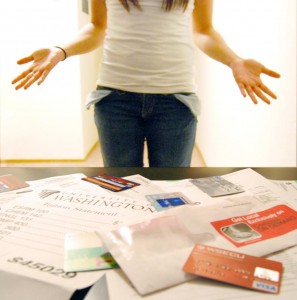 Filing bankruptcy provides many different types of relief to debtors who are unable to pay their bills. Many types of debts can be permanently discharged without repayment including credit cards, medical bills, payday advance loans, and personal loans. Even secured loans like mortgages and car loans can be discharged, removing a debtor’s personal liability for the debt. However, just because a debtor doesn’t owe a secured debt any longer doesn’t mean that they get to keep the collateral that is security for the loan. The debt may be discharged but the lien is still attached to the property, and if the debtor doesn’t make payments to the creditor under the original contract terms or under the terms in a Chapter 13 bankruptcy plan, then the creditor can repossess or foreclose on the property.
Filing bankruptcy provides many different types of relief to debtors who are unable to pay their bills. Many types of debts can be permanently discharged without repayment including credit cards, medical bills, payday advance loans, and personal loans. Even secured loans like mortgages and car loans can be discharged, removing a debtor’s personal liability for the debt. However, just because a debtor doesn’t owe a secured debt any longer doesn’t mean that they get to keep the collateral that is security for the loan. The debt may be discharged but the lien is still attached to the property, and if the debtor doesn’t make payments to the creditor under the original contract terms or under the terms in a Chapter 13 bankruptcy plan, then the creditor can repossess or foreclose on the property.
Being in bankruptcy will stop this process from occurring immediately. Filing bankruptcy puts an automatic stay into effect which prevents creditors from collecting debt incurred by the debtor prior to filing bankruptcy without permission from the bankruptcy court. In order to obtain permission from the court creditors file a motion for relief from the automatic stay. If the motion is granted the automatic stay is lifted and the creditor is free to pursue their rights under the state law. The bottom line is that if you want to keep your house and car you have to pay the creditor. Bankruptcy may be allow you to alter the terms of repayment, extend the duration of repayment, and in the end make it possible to keep property you couldn’t afford outside of the bankruptcy process. However, bankruptcy doesn’t allow a debtor to keep secured property for free.